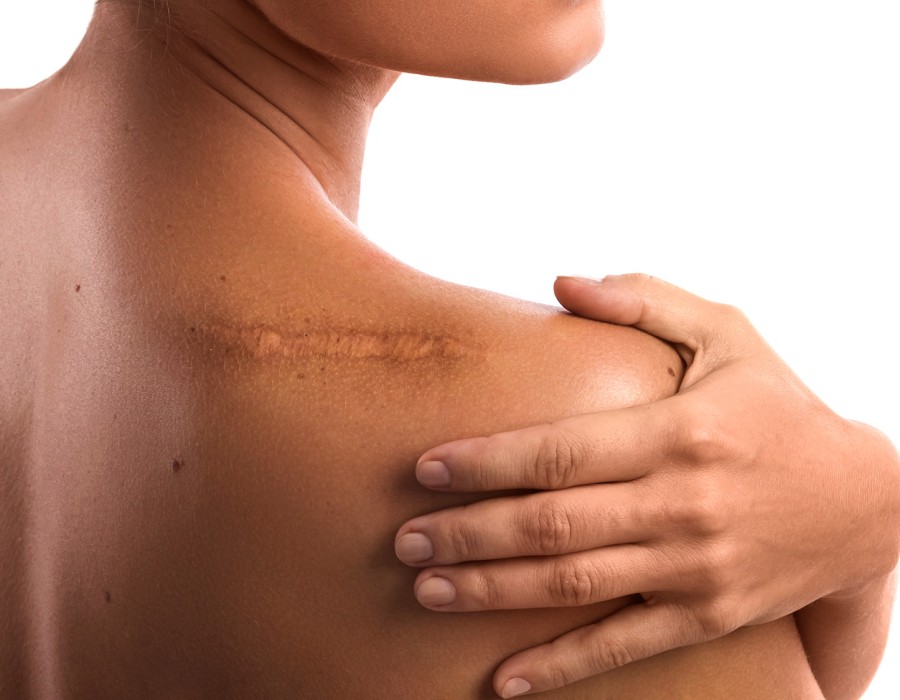After undergoing surgery, many individuals find themselves dealing with the emotional and physical effects of Post Surgical Scars in Dubai. While scars are a natural part of the healing process, advancements in medical treatments offer various options to minimize their appearance. This article provides an in-depth look at effective strategies for post-surgical scar removal, helping individuals make informed decisions about their treatment options.
Understanding Scarring
Scarring is the body’s natural response to healing following an injury or surgical procedure. Understanding the nature of scars can aid individuals in selecting the appropriate treatment.
How Scars Form
When the skin is injured, the body produces collagen to repair the damaged tissue. The characteristics of the resulting scar depend on multiple factors, including:
- Wound Size and Depth: Larger or deeper wounds tend to result in more prominent scars.
- Healing Environment: Factors like moisture and cleanliness during the healing process can influence scar formation.
- Skin Type and Genetics: Individual genetic makeup and skin type can determine how scars develop and heal.
Types of Scars
Scars can vary widely in their appearance and texture, leading to different treatment requirements:
- Hypertrophic Scars: Raised scars that remain within the original wound boundaries, often improving over time.
- Keloid Scars: These extend beyond the original incision and can grow larger due to excessive collagen production.
- Atrophic Scars: Depressed scars that occur due to loss of tissue, frequently associated with acne.
- Contracture Scars: These are formed after burns and can limit movement due to tight skin.
Treatment Options for Scar Removal
Various treatment options exist for individuals looking to reduce the appearance of post-surgical scars. Each method has its own advantages and considerations.
1. Laser Treatments
Laser therapy is a widely used method for scar reduction, offering both ablative and non-ablative options.
- Ablative Lasers: These lasers remove the top layers of skin, which can help with deeper scars. However, this method involves a longer recovery time.
- Non-Ablative Lasers: These work by stimulating collagen production without removing the skin's surface. They are less invasive and have minimal downtime.
2. Chemical Peels
Chemical peels involve applying a solution to the skin that causes the top layer to peel away, improving the appearance of scars.
- Superficial Peels: Targeting only the outer layer of skin, these are suitable for mild scars and involve minimal recovery time.
- Medium to Deep Peels: These penetrate deeper and can be more effective for severe scarring but require longer healing periods.
3. Microneedling
Microneedling is a minimally invasive treatment that involves using tiny needles to create micro-injuries in the skin. This process stimulates collagen production and can improve the texture and appearance of scars.
4. Steroid Injections
Steroid injections can effectively flatten hypertrophic and keloid scars. They work by reducing inflammation and the amount of collagen produced in the scar tissue.
5. Surgical Revision
For more severe scarring, surgical scar revision may be necessary. This procedure involves removing the scar tissue and carefully closing the wound to minimize further scarring. Techniques like Z-plasty can help align scars with natural skin lines.
6. Cryotherapy
Cryotherapy involves freezing the scar tissue to reduce its size and appearance. This treatment is particularly effective for raised scars and often requires multiple sessions for the best results.
7. Topical Treatments
Topical treatments, such as silicone gel sheets and creams, can keep scars hydrated and promote healing. These products are often recommended for use during the healing process after surgery.
The Role of Post-Operative Care
Effective post-operative care is essential in minimizing the formation of scars. Following the surgeon's instructions can significantly impact the healing process.
Key Post-Operative Care Tips
- Keep the Wound Clean: Adhering to proper wound care instructions helps prevent infection and complications.
- Moisturize the Scar: Keeping the scar area hydrated can improve its appearance and reduce severity.
- Avoid Sun Exposure: Protecting the scar from UV rays is crucial, as sunlight can darken scars and make them more noticeable.
Psychological Impact of Scars
The presence of scars can have a profound emotional effect on individuals, often leading to decreased self-esteem and confidence. Acknowledging these feelings is important in the recovery process.
Seeking Support
Support groups, counseling, and therapy can provide valuable resources for individuals struggling with the emotional aspects of scarring. Sharing experiences with others who understand can facilitate healing and improve self-image.
Conclusion
Post-surgical scars are a common concern, but various effective treatments can help reduce their appearance. From laser therapy to surgical revision, individuals have multiple options to explore based on their specific needs and preferences. By understanding the factors influencing scarring and adhering to proper post-operative care, individuals can improve their healing outcomes and regain confidence in their appearance. Addressing the emotional aspects of scarring is equally important, and seeking support can lead to a more positive recovery experience. With the right approach and resources, it is possible to effectively manage post-surgical scars and enhance one’s self-esteem.





Comments